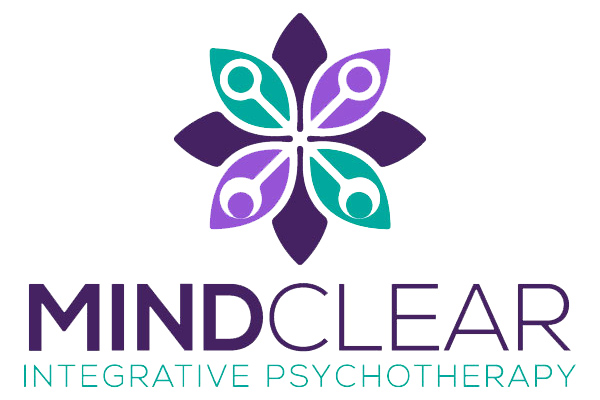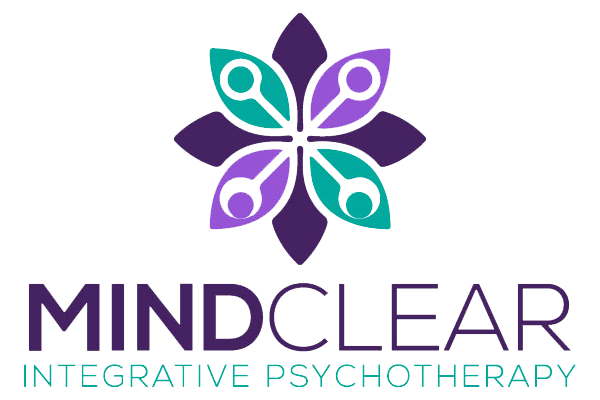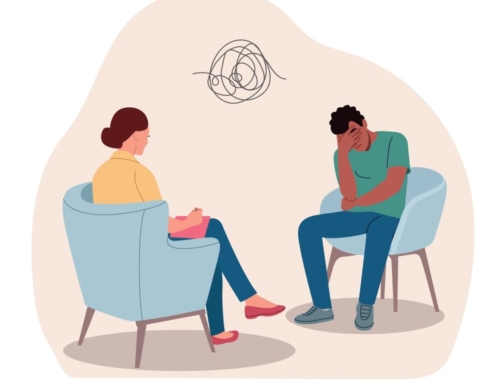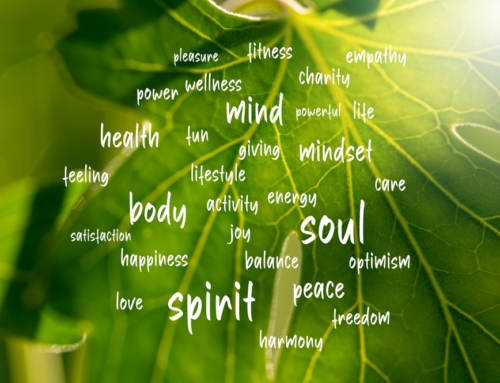Anger: The Taboo Emotion

Photo by David Knox on Unsplash
By Jenna D’Anna
How often do you deny your anger because you’re afraid of being that person who’s ALWAYS angry. You know, the one who makes you want nothing more than to get as far away as possible.
It makes sense, you don’t want to be that person. The thing is, anger is an important emotion, like happiness, sadness, and even excitement. Anger can be seen in children as young as eight weeks old. Why is that?
Because anger a normal expression of emotion.
Unfortunately, anger has gotten a bad rap due to it being associated with rage, aggression, witnessing others’ outbursts, and feelings of shame. It’s understandable why you’d rather just disown it.
As you read further, try to start becoming familiar with your anger – yes, it’s there … because it’s normal. The following will hopefully help you learn to decipher anger vs. rage and explore ways to work with these emotions.
All emotions provide us with useful insight and information. Anger is no different.
What is anger?
Anger is a primitive emotion that is used to help people overcome obstacles and obtain their desired goals. Darwin considered anger as an emotion that “habitually leads to action”.
Let’s consider the most instinctual defense responses: fight, flight, freeze, or submit. This is a necessary response in all animals required for survival.
When humans encounter an obstacle (physical or psychological) that interferes with perceived survival, anger can help invite the fight response to turn on, which gives you strength, power, courage and/or confidence to overcome it.
From a young age, people learn different behaviors or actions that help them overcome such barriers. These behaviors then become associated with fear and/or anger (or both).
Anger is a normal emotion for all humans and animals alike. Rage, however, is it’s own beast.
What is rage?
When humans (especially children) are in environments where healthy forms of anger are not validated or heard, it can lead to disorganized anger. Over time, if there is a consistent inability for needs to be met, or, worse, if needs and frustrations are invalidated or ridiculed, the outcome most often is intensified anger: rage.
The major difference between anger and rage is that rage is almost always connected with feelings of shame. Shame tends to arise when there’s been some kind of insult to one’s sense of self; you feel “bad” or “wrong” in some way.
Sometimes you did do something that perhaps you need to apologize for or atone. However, these feelings can also happen when you believe you are being taken advantage of or being compelled to do something against your wishes and that goes against your personal values. Shame can also happen when someone, like a parent or bully, insinuates that you are somehow inherently bad for having normal needs and emotions.
Rage is often a reaction that prevails when someone is in a desperate attempt to defend their sense of self against the catastrophic threat of shame. It can be your attempt to eliminate the source of shame. Rage is surely more powerful than self-loathing.
The shame-rage relationship
Shame is an emotion that provokes a full body threat response. During a shameful experience, it is common to feel deeply and irreparably flawed. It can lead to feelings of being unworthy, inadequate, or unlovable.
Constant feelings of shame threaten your social positions and social bonds. These social threats can provoke feelings of powerlessness, despair, inferiority, defectiveness and self-contempt. Sadly, the more you feel these, the more shame you feel too.
As you get older, you may learn that these emotions are too painful, too overwhelming and work to avoid feeling them at all cost. When you are then involved in a situation where these deep, dark, painful emotions are provoked, the pain must be removed. Rage comes in to save the day.
That is, of course, until time has passed and you’ve calmed down and … feel shame for all the rage you just displayed.
How to embrace your anger … without the rage
To start, become familiar with your anger and the varying levels/intensities you experience. Start to notice how your reactions differ when you are feeling angry at, say, a 5/10 vs when you’re enraged and at a 10/10.
If you are feeling angry, there’s a reason. Once you identify what is that reason may be or what need may be going unmet, you can use this information to inform how you respond. It will also help you make a choice as to how to communicate to the object/person/experience that may be contributing to the obstacle.
Be careful though. Just because you’re feeling angry, it doesn’t necessarily mean that someone else has done something wrong any more than it does that you are wrong. Rather, you are confronted with some barrier and it might require some self-reflection and compromise to figure out together how to get past it.
If you are feeling enraged, on the other hand, consider the shame underneath it. Become curious about what triggered your shame. Was it some past or present idea that you are bad or wrong for something that just happened? Did you just get reminded of past times when you were forced to do something that went against your values? Did you hear the voice of a past or present abuser or bully?
Shame is often the feeling that goes unacknowledged and unnoticed but is a main contributing factor for your rage reactions. Better understanding the source of (and learning to challenge) your chronic shame is the way to start healing.
What does not work is shaming yourself for feeling rage. It will only lead to more rage!
The more curious you can become of your history, the more understanding you can have for yourself and why you may be having the reactions you’re having. You can learn to have patience and compassion towards yourself in remembering past times where you might have felt rejected or inadequate.
If you are in therapy or have safe people in your life, this is a great topic to explore together. When shame is acknowledged in a safe environment, it can be processed and discharged. You might even start to forgive yourself.
Whatever you do, though, do not go to the people who may have caused the original shame.
You are not bad. Your anger is not bad. There’s nothing wrong with having needs or feelings.









